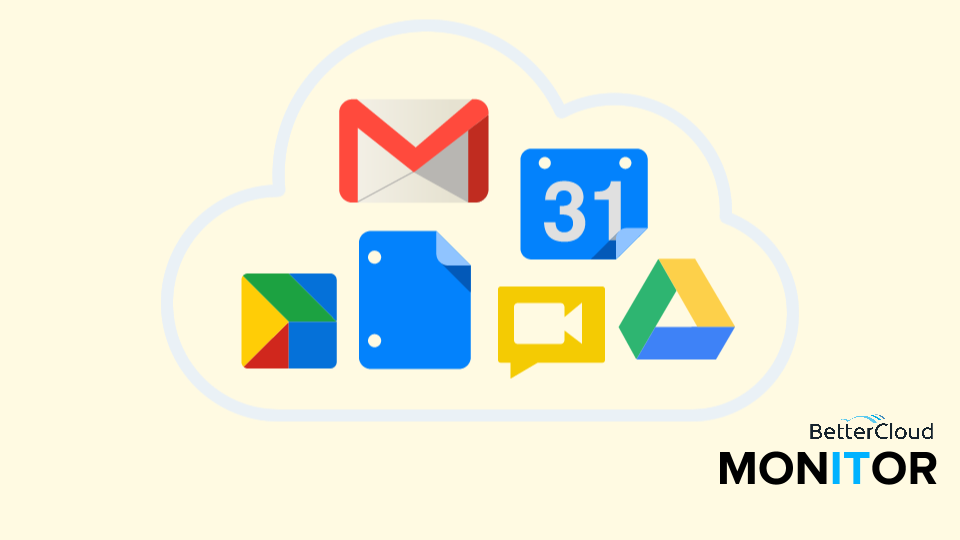Considerations When Planning Google Apps Migration
< 1 minute read

It is important to recognize the role your organization’s culture plays in the planning of a Google Apps deployment. Following a well thought out strategy will set your organization up for long-term success with the platform.
While recognizing that culture dictates the plan, it is also important to note that the most successful deployments are those where management is able to balance the IT and end user requirements by driving the expectations on each side. It is important to set expectations of the potential change in your end users’ existing workflows, while also resisting the urge to roll out new features and functionality that might overwhelm users, or even IT, in the initial transition.
Promoting the benefits of Google Apps is encouraged, but newly introduced features should be adopted organically, or as a phase 2, rather than as an attempt to instantly improve workflows at the point of the switch. The goal is to move your users over with as little friction and change to their current workflow as possible, while also setting the expectation that in a move to a new platform there will not always be a 1-to-1 match in feature and functionality.
Since a Google Apps deployment is a long process, it is very important to choose the plan that best matches your organization’s culture and to gradually roll out the features of Google Apps, rather than using an “all in” strategy. While some organizations may find success in rolling out Google Apps all at once, this strategy can create disruptions in your organization’s daily activities.





